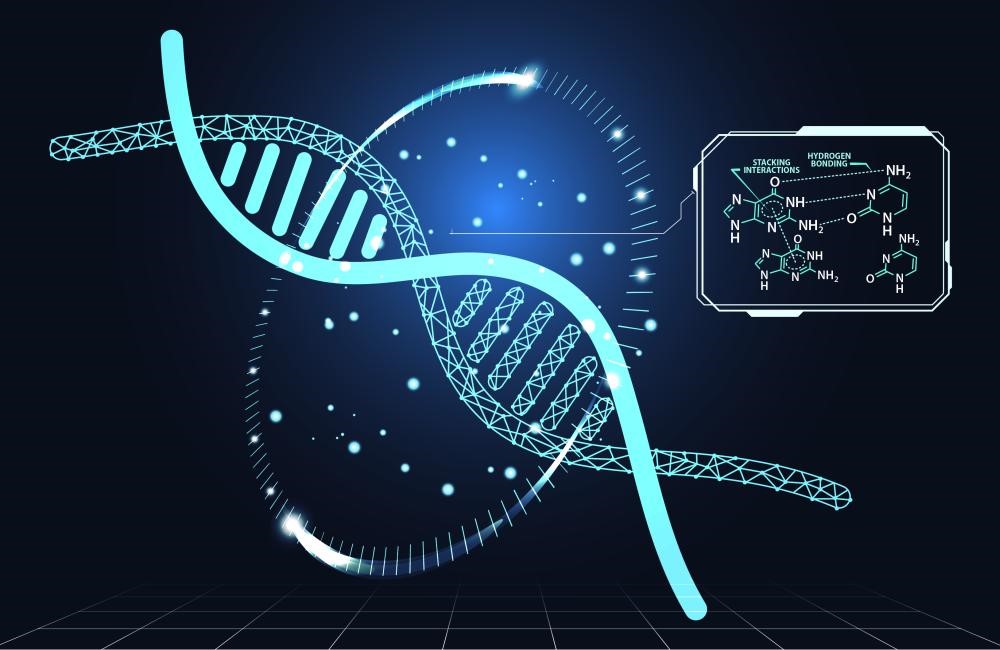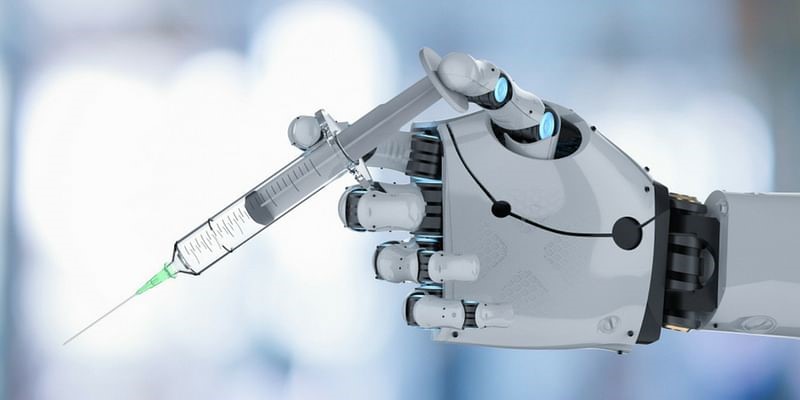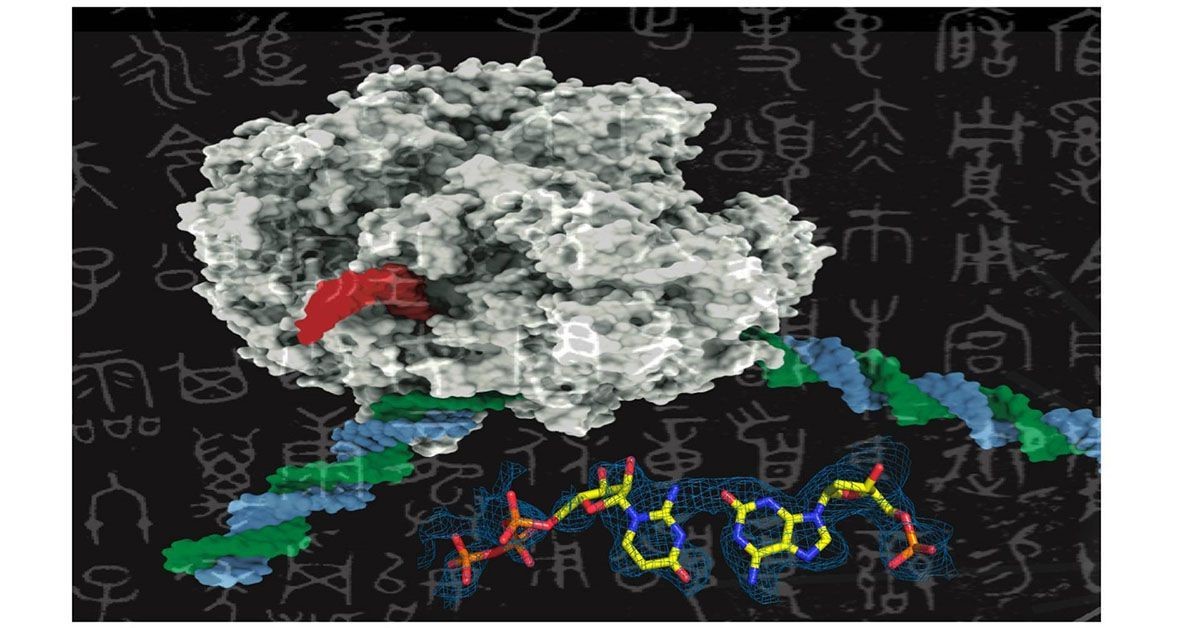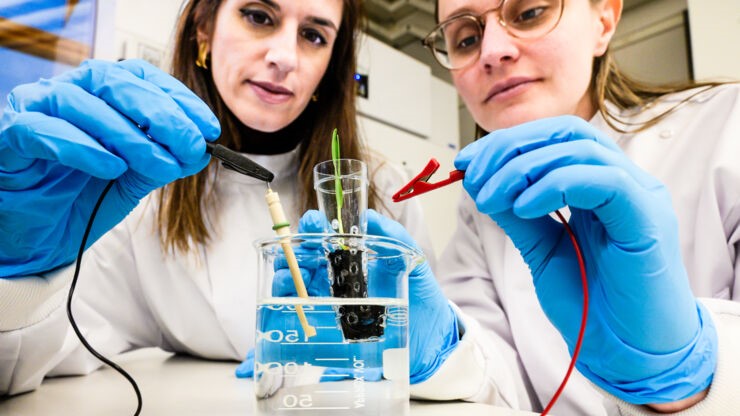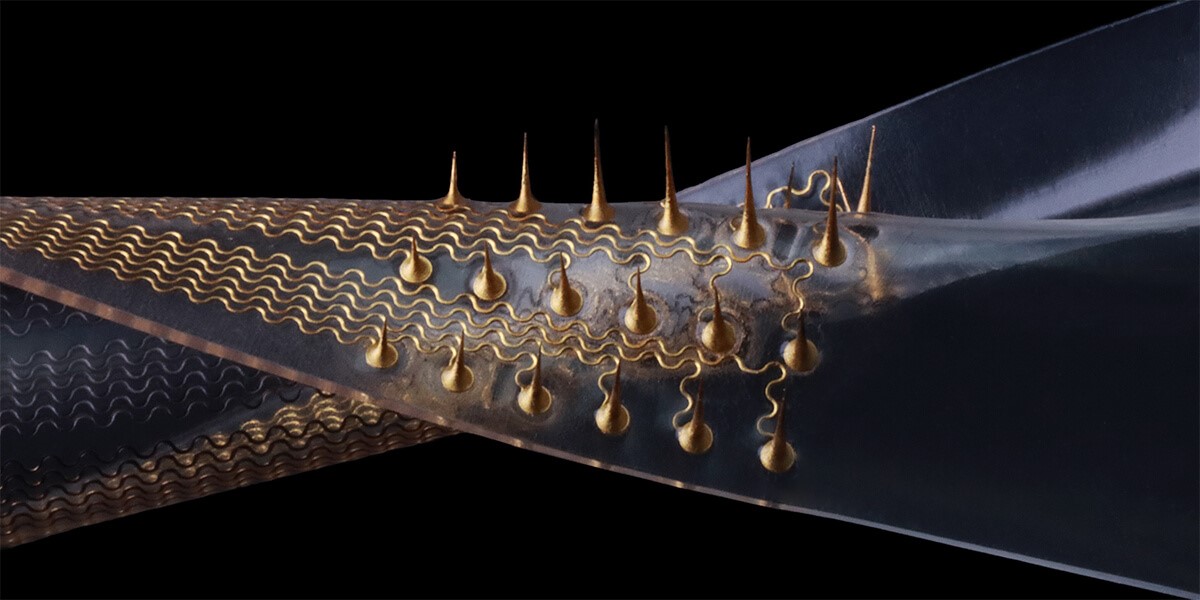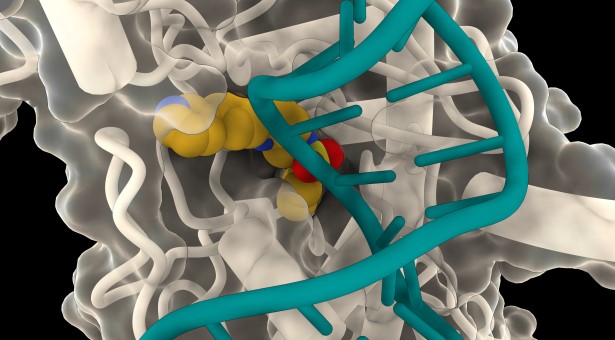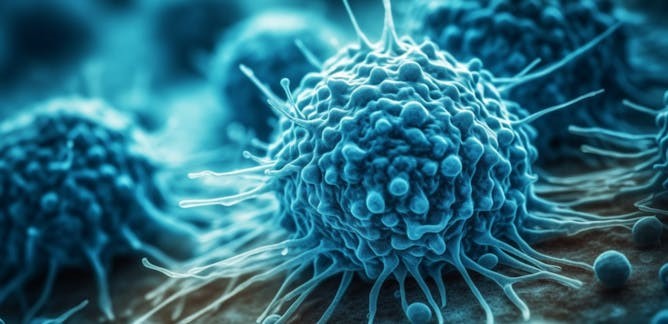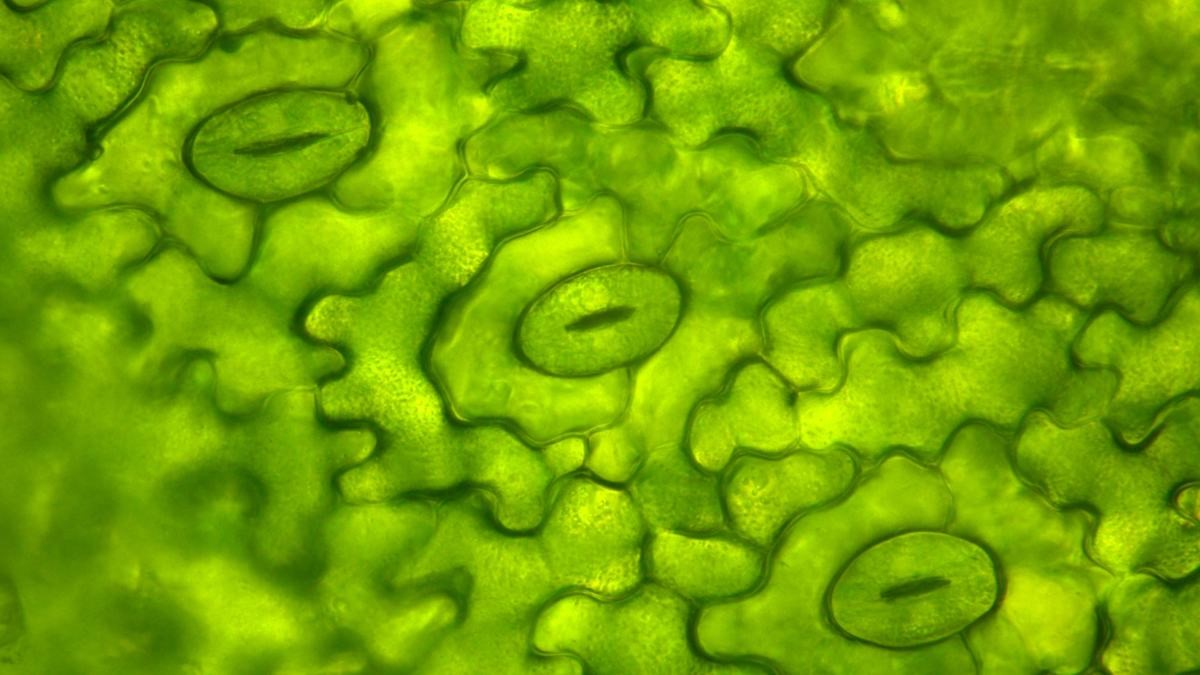Revolutionizing Cancer Treatment: UCLA Breakthrough Promises Affordable Drug Production
In a groundbreaking stride toward accessible cancer treatment, UCLA chemists, spearheaded by organic chemistry professor Ohyun Kwon, have pioneered a method that could potentially slash the exorbitant costs of drug treatments for cancer and other severe illnesses.
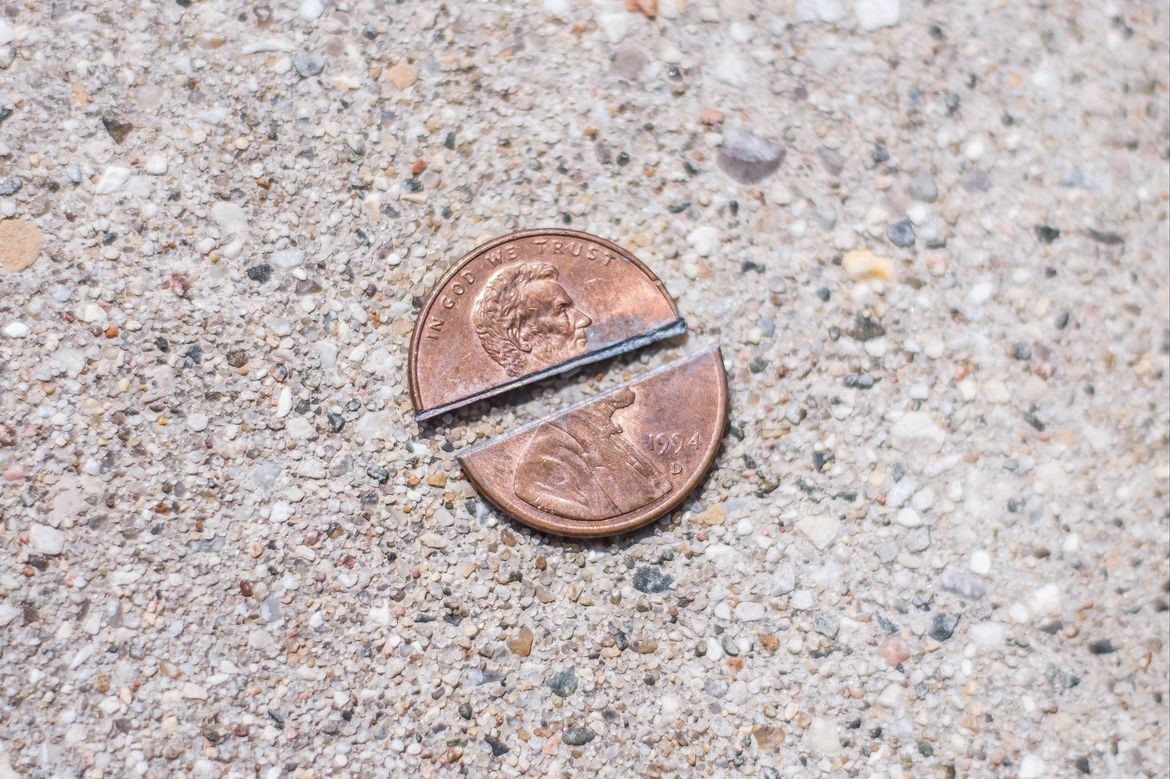
Figure 1. Copper.
Figure 1 is an illustration of copper. Traditionally, the production of certain anti-cancer drugs involves a chemical priced at an astronomical $3,200 per gram—50 times the cost of a gram of gold. However, the UCLA researchers have ingeniously developed a cost-effective approach, enabling the production of this crucial drug molecule from a chemical that is a mere $3 per gram. The implications are monumental, extending beyond cancer treatments to encompass various chemicals vital in medicine and agriculture, all at a fraction of the conventional cost.
Published in the prestigious journal Science, the team's achievement revolves around a groundbreaking process termed "aminodealkenylation." By utilizing oxygen as a reagent and copper as a catalyst, the researchers effectively break carbon-carbon bonds in diverse organic molecules, replacing them with carbon-nitrogen bonds, transforming the molecules into amines—derivatives of ammonia. Amines hold immense significance in pharmaceuticals and agriculture, as they strongly interact with molecules in living organisms. Notable examples of amines include nicotine, cocaine, morphine, amphetamine, and neurotransmitters like dopamine. Additionally, fertilizers, herbicides, and pesticides also feature amines.
The innovative UCLA process addresses a significant challenge in industrial amine production—the high costs associated with raw materials and reagents, coupled with complex production processes. By streamlining steps and eliminating expensive ingredients, the UCLA-developed method facilitates the production of valuable chemicals at a substantially reduced cost compared to existing methods.
Professor Kwon emphasizes the unprecedented nature of their approach, contrasting it with traditional metal catalysis that relies on costly metals such as platinum, silver, gold, palladium, rhodium, ruthenium, and iridium. Instead, the team leverages oxygen and copper, both abundant base metals.
The method utilizes ozone, a potent oxidant, to break carbon-carbon bonds in hydrocarbons called alkenes. A copper catalyst then couples the broken bond with nitrogen, converting the molecule into an amine. The results are impressive; for instance, the team produced an anti-cancer drug, a c-Jun N-terminal kinase inhibitor, in just three chemical steps compared to the previous 12 or 13, significantly reducing the cost per gram from thousands of dollars to a mere few dollars.
In another feat, the protocol required only one step to convert adenosine, a neurotransmitter and DNA building block costing less than 10 cents per gram, into the amine N6-methyladenosine. This amine plays pivotal roles in controlling gene expression in cellular, developmental, and disease processes, with a previous production cost of $103 per gram.
The versatility of the UCLA method is evident as the research group successfully modified hormones, pharmaceutical reagents, peptides, and nucleosides into other valuable amines. This breakthrough has the potential to become a standard production technique not only in drug manufacturing but also in various other industries.
Crucially, the research was made possible through funding from the National Institutes of Health, underscoring the importance of continued investment in groundbreaking scientific endeavors that have the potential to transform lives and make essential treatments more accessible.
Source: University of California - Los Angeles
Cite this article:
Hana M (2023), Revolutionizing Cancer Treatment: UCLA Breakthrough Promises Affordable Drug Production, AnaTechMaz, pp. 244


